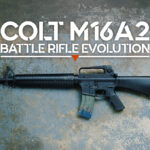
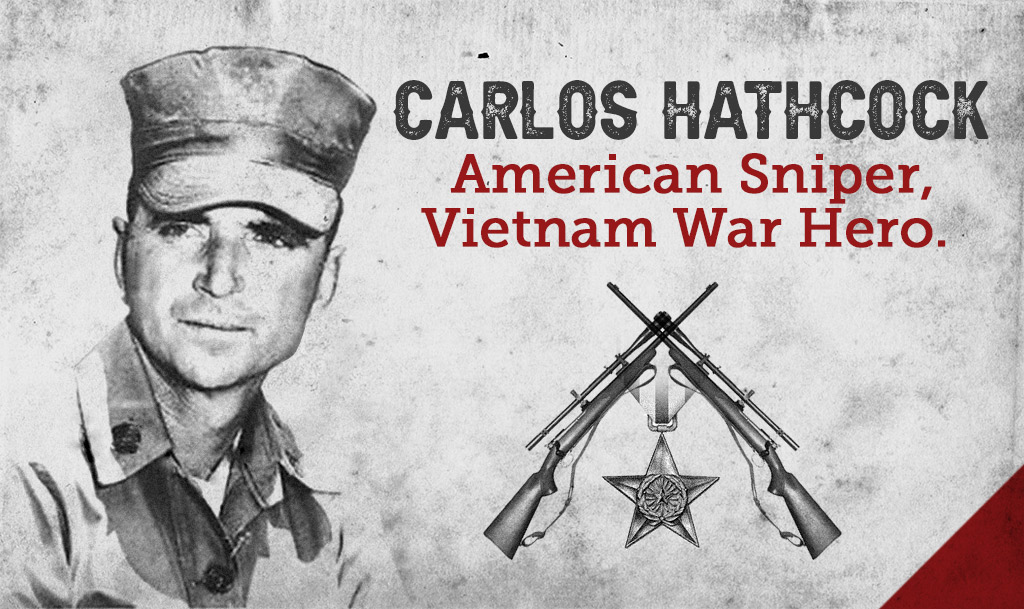
Chris Kyle is probably the most famous sniper in U.S. history. Thanks to his best-selling autobiography, American Sniper, and an award-nominated film of the same title, the Navy Seal became an icon with 160 confirmed kills in four tours of duty in Iraq. However, decades before, Carlos Hathcock became a legendary sniper in the dense jungles of Viet Nam.
“The most deadly thing on a battlefield is one well-aimed shot.”
—Sgt. Carlos Hathcock
He may not have a motion picture about his life, but Carlos Hathcock AKA “White Feather” was the real deal. Deployed to Nam as a military policeman in 1966, Hathcock soon volunteered for combat and landed on Hill 55, the home of the 1st Marine Division Sniper Platoon.
It was a transition that would result in Hathcock becoming the deadliest sniper of the Viet Nam War. While his “official” total number of kills stands at 93, those are just the confirmed kills of the North Vietnamese Army (NVA) and Viet Cong enemy soldiers. To be credited as kills, they had to be verified by a third party, who was an officer, and also by the sniper’s spotter. In reality, Hathcock believed he had likely killed between 300 and 400 of the enemy.
Carlos Hathcock: Young Marksman
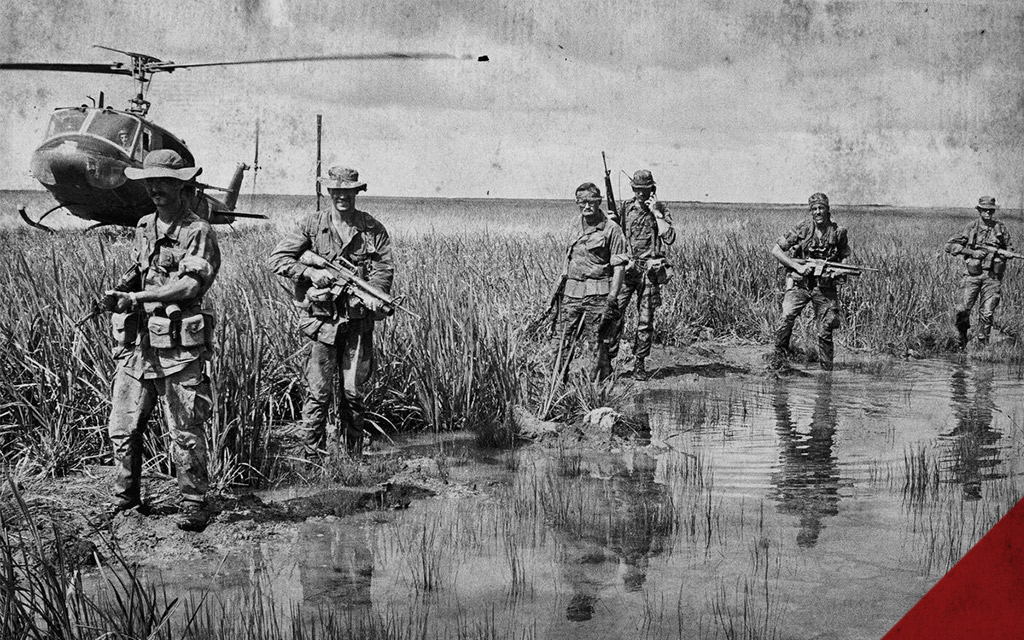
The Viet Nam War began in November of 1955 and continued in various phases until April 30th, 1975.
Carlos Hathcock was born in 1942 in Little Rock, Arkansas. As a boy, he taught himself to shoot, and it wasn’t long before he was hunting rabbits and squirrels. Young Carlos was a John Wayne fan, and as he shot at the small game, he pretended he was the Duke fighting Japanese soldiers on Iwo Jima.
In 1959, on his 17th birthday, Carlos fulfilled his lifelong dream by enlisting in the U.S. Marines. While he weighed only 140 pounds, he would soon show his value as a sharpshooter. In 1965, he won the Wimbledon Cup shooting championship. In 1966, the Marines deployed him in Viet Nam.
White Feather Gets First Significant Kill
Not long after arriving in Viet Nam and landing on Hill 55, Carlos Hathcock would acquire the nickname “White Feather.” A white feather on his bush hat became his trademark and was a way of taunting the Viet Cong and NVA to find him.
His first critical assignment was to assassinate a North Vietnamese Army General officer. Hathcock low-crawled for four days toward his target—a fantastic feat accomplished without food or sleep. He eventually took up a position in a tree line near the general’s encampment.
On the morning of the fourth day, the general stepped out and yawned, surrounded by other officers. Hathcock waited until the others stepped aside and fired a single, fatal bullet through the general’s heart. He had fired from 700 yards, and after he made the shot, Hathcock disappeared into the jungle without being spotted.
Edward Land, Hathcock’s commanding officer, recalled: “Carlos became part of the environment. He had the patience, drive, and courage to do the job. He felt very strongly that he was saving Marine lives.”
Carlos Hathcock VS Deadly Apache Woman
They called her Apache, and she was merciless. She enjoyed inflicting pain, which was typical of many female Viet Cong platoon leaders. But this one was special: she had recently tortured a Marine private by removing his eyelids, fingernails, and some of his private parts. And she did this near Hathcock’s unit.
“She was a bad woman,” Carlos Hathcock later recounted. “I was in her backyard; she was in mine. I didn’t like that. It was personal, very personal.”
After Hathcock had determined to kill Apache before she could kill another Marine, he and his spotter got a break. They saw an NVA sniper platoon on the move about 700 yards in the distance. There were five of them, and one of them stepped off the trail.
“I saw her squat to pee, that’s how I knew it was her,” he remembered. “They tried to get her to stop, but she didn’t stop. I stopped her. I put one extra in her for good measure.”
Hathcock called it the best shot he ever made.
Carlos Hathcock’s Rifle
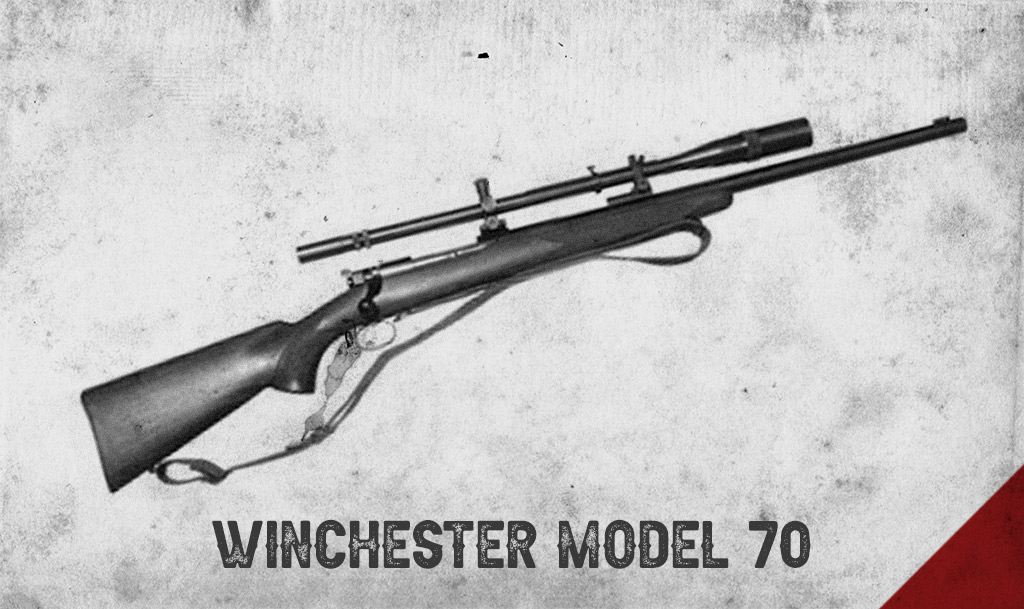
The rifle most associated with Carlos Hathcock is the Winchester model 70 sniper rifle with an 8X-power Unertl scope.
Carlos Hathcock typically used the Winchester Model 70 sniper rifle chambered for use with 30-06 ammunition along with an eight-power Unertl scope. But on several occasions, he turned to the M2 .50-caliber machine gun for longer distances. With the same Unertl scope and a bracket built by the Navy Seabees, Hancock converted the M2 into a long-range killing tool.
Carlos Hathcock’s Longest Shot
Hathcock remembered his longest-distance kill. “We were elevated on a mountain with bad guys all over…I zeroed at 1000 yards, longest 2500. Here comes the hamburger, came right across the spot where it was zeroed, he bent over to brush his teeth, and I let it fly. If he hadn’t stood up, it would have gone over his head. But it didn’t.”
The shot connected from 2,460 yards—nearly a mile and a half. It stood as a record until Canadian sniper Arron Perry surpassed it in 2002 in Afghanistan.
Carlos Hathcock VS The Cobra
Like many American snipers, Carlos Hathcock had a bounty on his head. But while those bounties were mostly in the range of one to two thousand dollars, Hancock’s was set at $30,000!
The White Feather Sniper had to be stopped, and the NVA sent their own top sniper to do it. Nicknamed the Cobra, he would become Hathcock’s biggest challenge. The plan involved killing Marines around Hill 55 to lure Hancock out of the base. And when the Cobra killed a gunnery sergeant outside Hathcock’s hooch, it did just that.
Hathcock and his partner, John Burke, set out to trail the assassin. But when Hathcock fell over a fallen tree, he almost became the Cobra’s victim. The enemy sniper spotted him and got off the first shot, hitting Burke’s canteen. Hancock takes the story from here:
“We worked around to where he was. I took his old spot; he took my old spot, which was bad news for him because he was facing the sun and glinted off the lens of his scope, I saw the glint and shot the glint.” A 173-grain Sierra boat-tail bullet entered the Cobra’s scope and exploded through his right eye into the brain. Hancock had shot the Cobra just moments before the Cobra could take his own shot.
“If I hadn’t gotten him just then,” Hathcock recalled, “he would have gotten me.”
A Landmine Ends Hathcock’s Career As A Sniper
In 1969, a vehicle in which Hathcock was riding hit a landmine and knocked him unconscious. After coming to, he pulled seven of his fellow Marines from the burning wreckage. He received burns on over 40 percent of his body and was awarded the Silver Star in 1996.
With his career as a sniper over, he initiated the Marine Sniper School at Quantico, where he taught Marines how to “get into the bubble,” a state of total concentration. He was in constant pain as he taught at Quantico, and by 1979 he was passing out from the combination of wounds and a new enemy.
MS Does What The Vietnamese Army Could Not
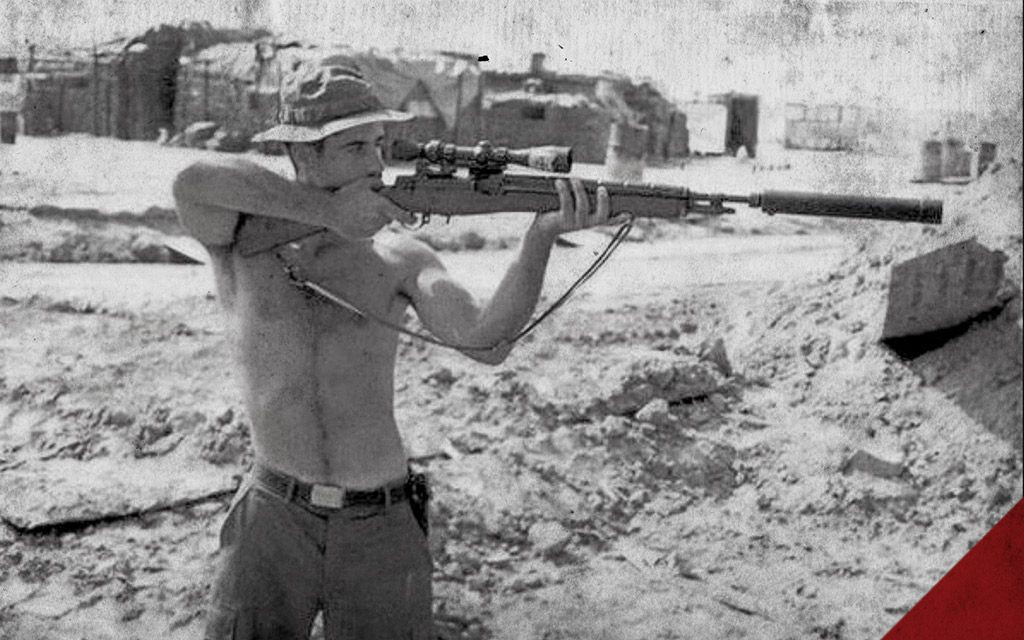
Carlos Hathcock was awarded the Silver Star, the third-highest military combat decoration for gallantry in action.
That new enemy was MS, and it was able to accomplish what North Viet Nam’s finest could not—take the life of the legendary White Feather. In 1999, Carlos Hathcock died in Virginia Beach at the age of 56. He had amassed 93 confirmed kills and an estimated 300 that were not confirmed, but for Hathcock, it was never about the killing.
“I really didn’t like the killing,” he once remarked. “You’d have to be crazy to enjoy running around the woods, killing people. But if I didn’t get the enemy, they were going to kill the kids over there.” Saving American lives was what mattered to Carlos Hathcock.
In his early days as a Marine Corps sniper, someone had given Carlos a scrap of paper on which a quote from Ernest Hemingway had been scribbled:
“There is no hunting like the hunting of a man, and those who have hunted armed men long enough and liked it, never care for anything else thereafter.”
-Ernest Hemingway


